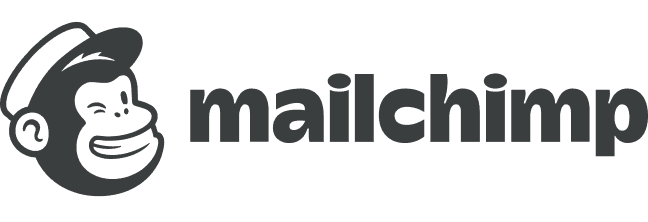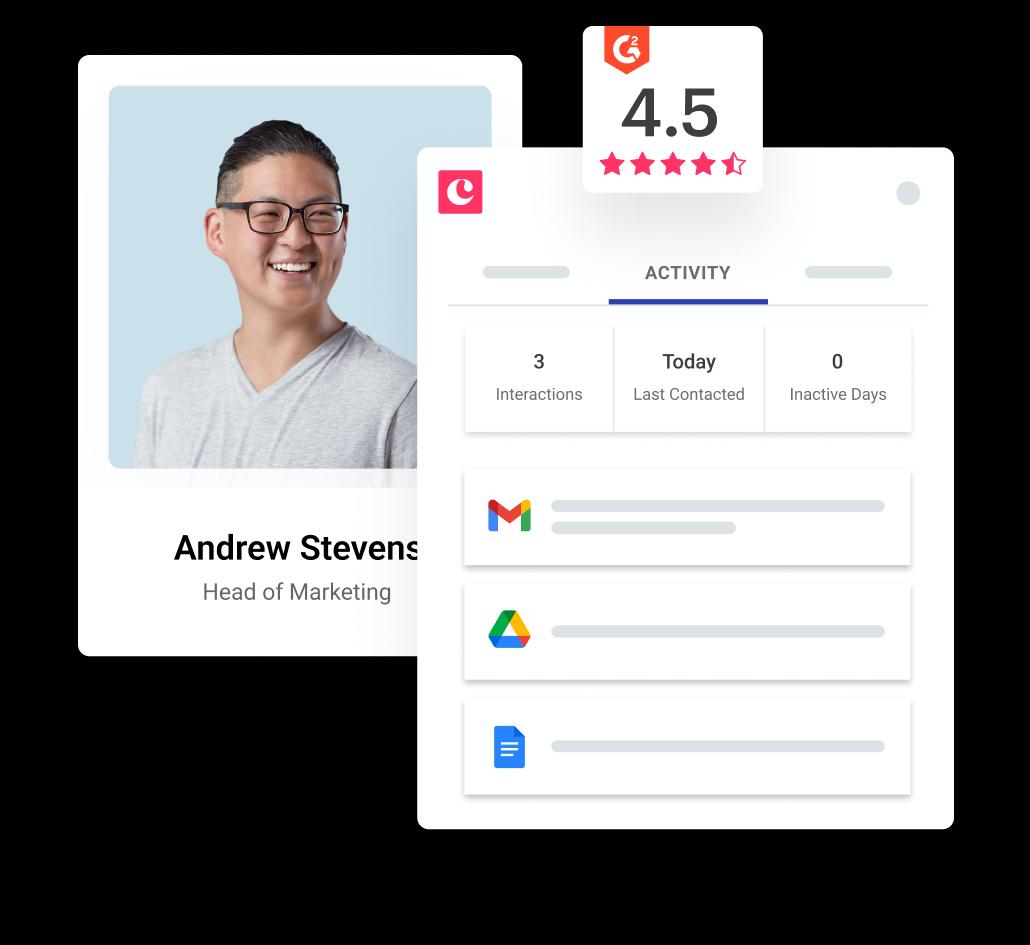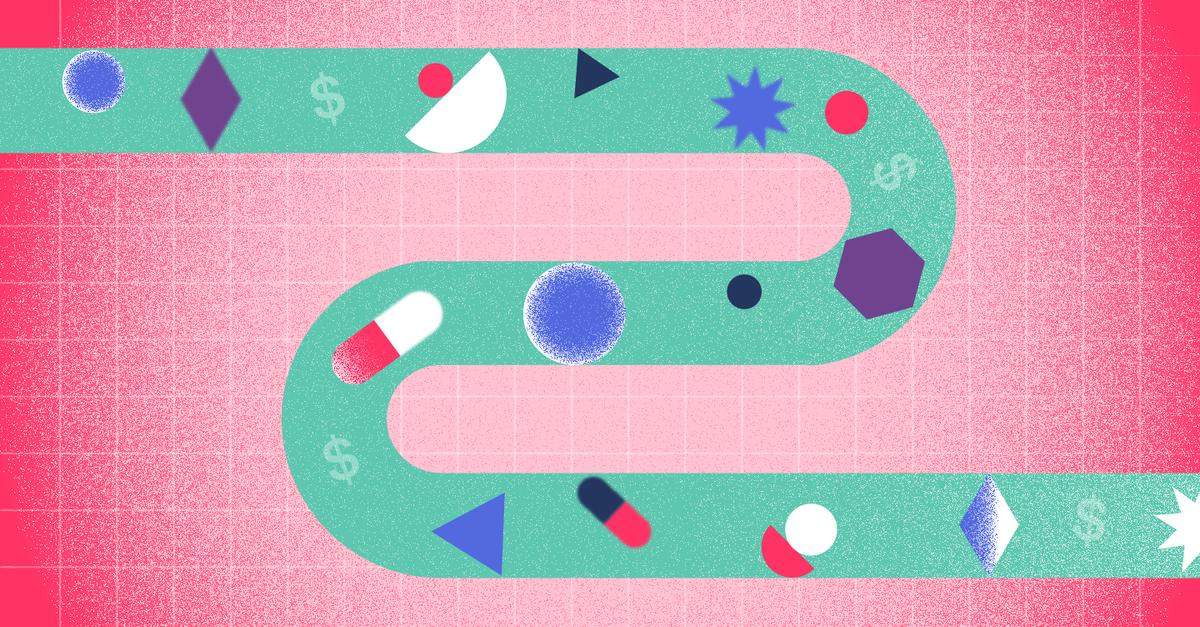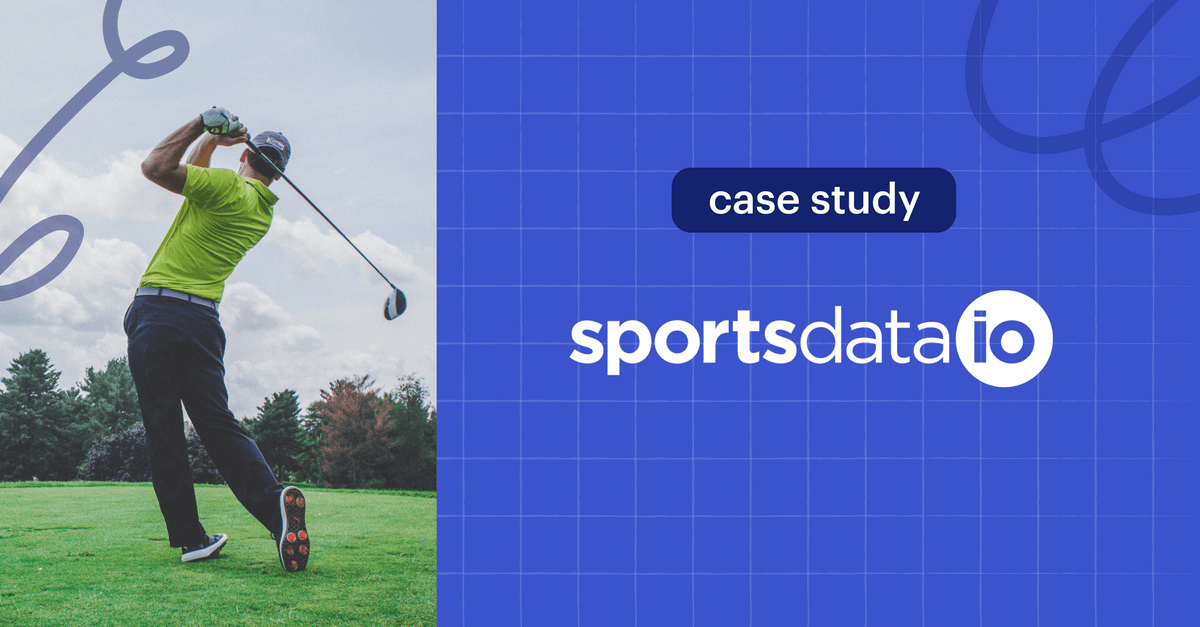Copper Staff
Contributors from members of the Copper team
If there's one thing that my co-founder and I wish we had, it's more time in the day. Now in the second year of our two-person content strategy and consulting company, we've grown faster than we ever would have imagined. When it comes to the infrastructure that we've chosen for productivity, project management, and collaboration, we're flying by the seat of our pants—vetting new systems as soon as we can anticipate that we'll need them.
Our earliest decision back in 2013, however, was to set up our business on Google Apps. Now, more than 50 customers and several hundred thousand dollars in revenue later, we rely on Google Apps to alleviate bottlenecks in our workflows. Here are 6 hacks that are saving us the most time and freeing us from redundant grunt-work.
1 - Save creative assets on Google Drive.
As part of our everyday operation, we regularly work with designers on initiatives ranging from e-books to presentations. Previously, we used email as our primary tool for exchanging information.
Now, we host creative assets on Google Drive, where we can manage permissions, monitor access, and integrate with other collaboration tools. Rather than chasing the most up-to-date versions of files, we can stay productive by knowing that our information is in one place.
2 - Create a team calendar.
My co-founder, our network of partners and I value our flexible schedules—at any given time, we can work from anywhere in the world. Still, it's helpful to know where everyone is at any given time.
Rather than mandating check-ins, however, we ask each other to update our 'team calendar.' That way, we keep track of one another without unnecessary prodding or nagging.
3 - Manually change subject lines on email threads.
In our business, never-ending conversations are the norm. We use email to share ideas back and forth — and often, information becomes lost in a sea of 'reply-alls.' That's why we're diligent about tailoring subject lines to our email content, specifying next steps and response deadlines when necessary.
Information becomes easier to manage and to take action upon. Just click "reply-all" within Gmail and then edit your subject line.
4 - Save Gmail searches.
We rely on Gmail for storing project information. As a result, we rely heavily on Gmail's search functionality and run the same queries over and over. One of the best hacks that we've found is Gmail's 'Quick Links' feature, which allows us to save search queries. (More Gmail tips here.)
Rather than typing the same searches, we can pre-program links to click, making information easier to retrieve.
5 - Reduce stress levels with email archives.
'Inbox zero' is a distant dream for most small business owners. We process thousands of emails every day. Our to-do lists are never-ending, even when we give attention to each and every email that we receive.
At any given time, we have a backlog of tens of thousands of emails. Especially when we're syncing our email accounts to our mobile devices, the clutter slows us down—it sometimes takes hours for my tablet or smartphone to set up my email accounts.
To fight this pain point, my co-founder and I have been more diligent about archiving our inboxes. Old messages are still retrievable but kept separate from our main inboxes. Archiving helps us keep our workloads under control.
6 - Set up meetings with Hangouts.
We are on calls for at least five hours a day—which also means that we spend significant time scheduling meetings. As much as possible, we like to have face-time with our customers. We also try to make our meetings seamless, without any back and forth regarding conference bridges and phone numbers to dial.
Our Google Apps configuration integrates Hangouts with our Calendar, which means that we have a meeting room set up for every single call. Rather than setting up separate technology, we can host meetings with no additional effort.
Final thoughts:
When it comes to using Google Apps, my biggest lesson learned is that there is almost limitless customization. To make the most out of the platform, we've audited our pain points to figure out what's bogging us down and why.
With this information, we've slowly and steadily customized Google Apps to help us move forward, faster. We have a long way to go and much more to learn.









